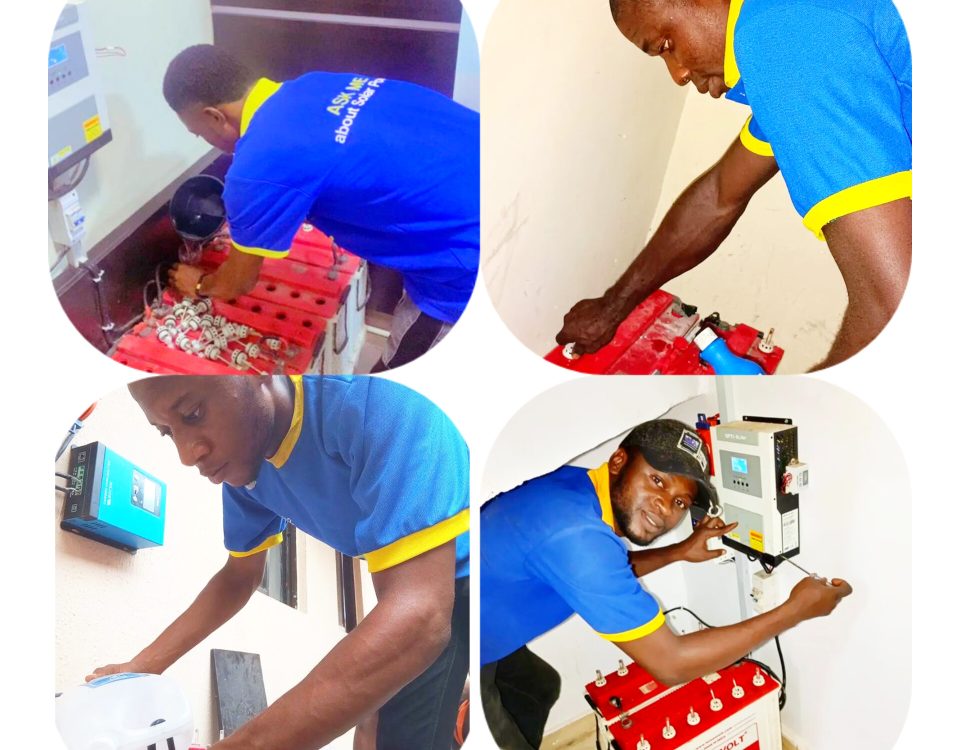Solar Power Performance and Climate

NNPC Set To Acquire 20 percent of Dangote Refinery
2021-07-04
The Efficiency of Solar Power
2021-07-07Solar power is a major type of renewable energy, constituting an increasingly important component of the future worldwide. Accurate climate information is essential for the conditions of solar output. Climate change impacts on energy output projections are thus of great importance.
Thank you for reading this post, don't forget to subscribe!While solar panels, as their name implies, do require sun to produce a sustainable and renewable source of electricity, the efficiency of solar photovoltaic (PV) technology has improved dramatically in recent years to the point that solar panels are perfectly capable of producing large amounts of renewable energy. Below, is a concise introduction to how different types of weather can affect solar panels.
Solar Output in Cloudy Weather
A common misconception about solar power is that there will be no output on a cloudy day. The light energy generated by the sun travels millions of miles before reaching earth. This means that even on the cloudiest of days, sunlight is able to penetrate through clouds and illuminate the surface of the earth.
A solar panel is designed to utilize both direct light and diffuse light for the generation of electricity. Direct light energy is the product of the sun rays that hit the earth and shine on solar panel, while diffuse light is light reflected off different surfaces. This implies that even on foggy days, solar panels have the capacity to generate electricity, however, it’s output might not be as optimal as it would be on a sunny day. The new and improved solar panel has the ability to produce around 25 percent of their typical output during cloudy days. While that is certainly a reduction in optimal performance, this shows that solar energy production is possible even in areas with large amounts of constant cloud cover.
Solar Output in Rainy Weather
Rain in most cases is accompanied by a thick layer of cloud. The shadow of the cloud cast will definitely reduce the maximum output of energy from the solar panel system. Moderate rain offers benefits to the technology which often goes unnoticed. In areas or seasons with minimal rain such as the harmattan, there could be a drop in the output of the solar panel system. This is due to dust or dirt that could accumulate on the surface of the panel. A layer of dust or dirt will limit the optimum output of a solar panel.
With rain showers, solar panels can be cleaned and this is a minor maintenance strategy. Rains will not clean panels thoroughly as required but will wipe off dust or dirt and allow for proper energy output.
Solar Output in Heat
Another misconception is that higher temperatures equate to higher energy output. This idea could not be more wrong. In Southern climates where the summer heat routinely skyrockets temperature into triple digits, energy production actually diminishes. The power produced by photovoltaic cells results from voltage and current. High temperatures have the ability to lower the resting state of the electrons in the photovoltaic cells which will lead to a voltage drop and possibly lower the total energy production of the solar panel system.
In a nutshell, solar technology is built to withstand any climate, this informs why numerous homeowners have subscribed to the resource. If you would like to learn more about solar energy, click here http://www.solyntaenergy.com




